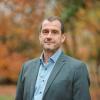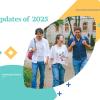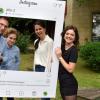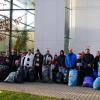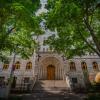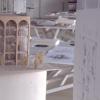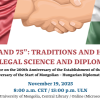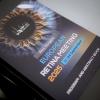Beyond our Current Knowledge
2021
Feb
23
Doctoral student at the Faculty of Health Sciences, specialized teacher at the Institute of Diagnostics and research assistant at the Somogy County Kaposi Mór Teaching Hospital Dr. Baka József Diagnostic, Oncoradiology, Research and Teaching Centre, András Kedves, is winning prize after prize in the field of radiology and nuclear medicine. Along all this, he is even running his own business. His field of research within oncology is hybrid imaging, in this interview I asked him about his achievements and the root of his intense interest in research.
What is your field of research?
I research oncology, more specifically nuclear medicine. I publish research in both radiology and nuclear medicine, since I have been working with hybrid imaging within the field of oncology, which is in the intersection of both fields.
Were you playing an active role in the faculty’s life while you were doing your bachelor and master’s degree as well?
As a student I took part in organizing different events, I did scientific and public activities, including but not limited to the time I spent at the Student council, and I helped organize the Researchers’ Night multiple times. What I am still proud of to this date, is that while I was a demonstrator at the faculty, I organized study trips to the Oncotherapy Centre in Wiener Neustadt, where students could become familiar with one of the most modern oncologic treatments. We went to see the Kapuvár Roentgen museum, which was established based on János Boross’ personal collection, on multiple occasions. In my opinion, besides just passing on theoretical knowledge, practice oriented education and learning by doing methodology are very important aspects of teaching. As a scout leader, I believe these methods to be very useful and I do practice them myself too. I continue to incorporate these values into education today as well.

What was the topic that triggered this astounding thirst for knowledge within you?
I think it could be described as a pressing urge from deep within, that I want more from my years at the university.
I want to achieve something meaningful, something beyond our current knowledge. I would like to create something new, what no one has ever done before.
This is always very exciting, it gives you some kind of adrenalin rush. This is the driving force behind these achievements.
I started researching in the fields of nuclear medicine and oncoradiology; I have finished multiple studies already. There was a comparative study about the manual and auto-segmentation contouring methods of head and neck tumour patients’, which focused on the reliability of said methods. I had the chance to introduce this study in the form of a poster at an international congress. After this I worked on a study related to PET/CT based radiation treatment planning. I took part as a co-author in multiple studies as well.
What are your priorities in research?
The patient is always in the centre of my research, this is what drives me forward.
Since research is part of the healing and prevention processes. The use of research results in oncology for example should help create a more personalized, highly efficient, and all around better therapy – or at least mine were always focused around this premise. For example in the article we published recently, we developed a PET/MR based system which helps the therapist determine the kind of therapy a patient needs more precisely before starting the treatment. This is what I am most proud of; this publication is the fruit of an approximately five year long research project. It was published in the Frontiers of Oncology, a prestigious American Q1 rated oncology scientific journal. It was an honour to participate in this research as the primary author, and I would like to thank our many supporters: my co-authors, colleagues, the College for Advanced Studies at the Faculty of Health Sciences, the New National Excellence programme (Ministry of Human resources) tender, my workplaces, the PhD Programme of the Faculty of Health Sciences, its Diagnostic Institute, the employees of the Somogy County Hospital’s Dr. Baka József Centre and employees of the Medicopus Llc., my family, and all those who helped our work bear fruit deserve praise and have my gratitude.
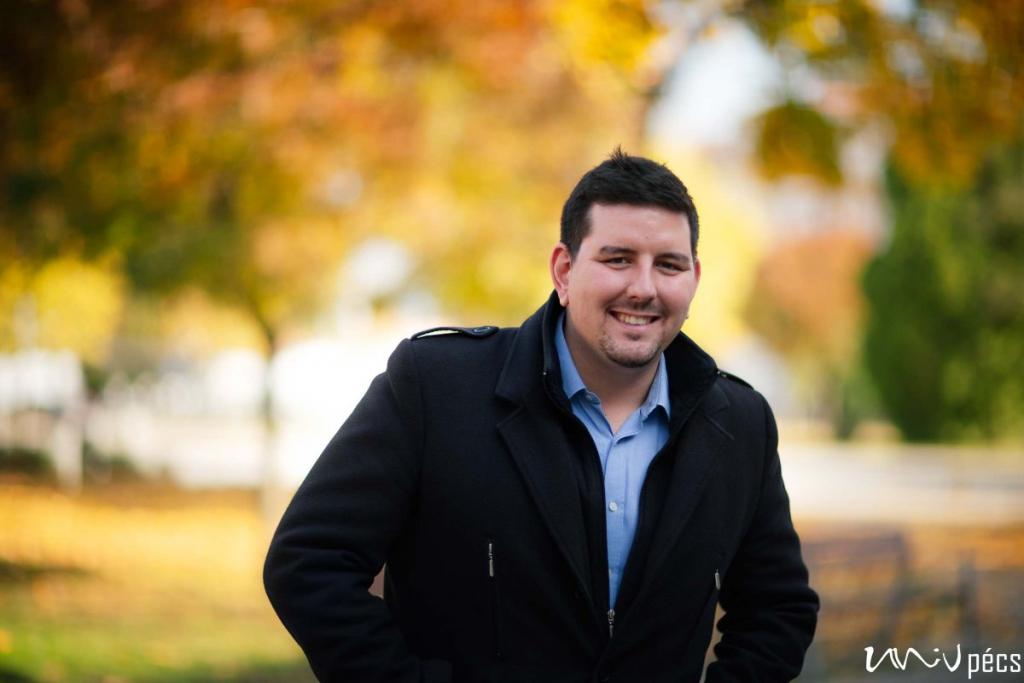
You won both the New National Excellence Programme and the Notable Talent prize. What impact does this have on your research career?
Fortunately, many scholarships and grants helped my research career: from the Kriszbacher Scholarship and the Talent-ambassador Scholarship to the State Scholarship, which I won multiple times, as well as the New National Excellence Programme (ÚNKP) scholarship which I won for the third time now. These have certainly acted as a motivational foundation to my research. This field always requires a kind of management, continuous growth, and favourable financial funding. The Erasmus+ Internship-scholarship greatly contributed to honing my SP language proficiency. In 2017 during the last year of my Medical Imaging BSc degree, I worked in Ireland for a semester at the Dublin St. James Hospital as a medical imaging resident. During this period, I dealt with intervention radiology and nuclear medicine as well.
Not so long ago you won a prestigious European prize. What was it exactly?
This year, we won a prize announced by the European Society of Radiology (ESR). Its name is Best Paper Abstract Award and they chose the best scientific abstract of 700 submissions made from all around the world. As the primary author, I had the honour to receive the price in the name of our research group. I would like to take this opportunity to thank my colleagues and all those who supported us, I would be nowhere without them.
I participated in another online European congress too as a presenter this year, with the support of the Hungarian Association of Nuclear Medicine (MONT) and the College for Advanced Studies at the Faculty of Health Sciences. It is a great honour that the European Association of Nuclear Medicine asked me to become a member of the Technologies Committee, which is a professional committee that composes the European recommendations, organizes congresses, and functions as an organizational, educational, research and, in a variety of fields, national taskforce. Moreover, they asked me to be the chair of a section at the 2020 EANM Congress, which is a great honour as well. They accepted one of our abstracts as well, it was a privilege to present as the primary author in the highlighted (TOP) section.
The interview was published in the 2020 Autumn issue of UnivPécs Science, the first, science-focused magazine of the University of Pécs.
Written by: Mariann Tóth
Photo: Szabolcs Csortos
- Log in to post comments
University of Pécs | Chancellery | IT Directorate | Portal group - 2020.


